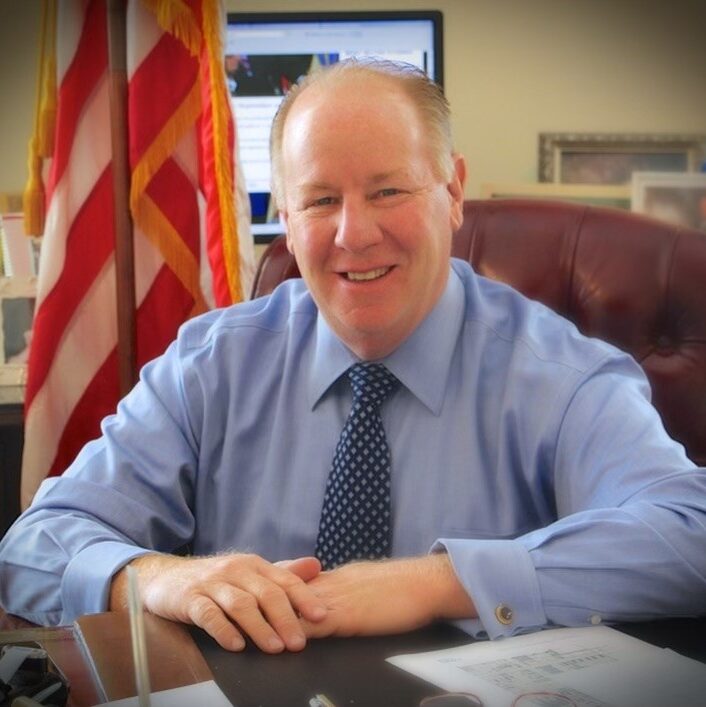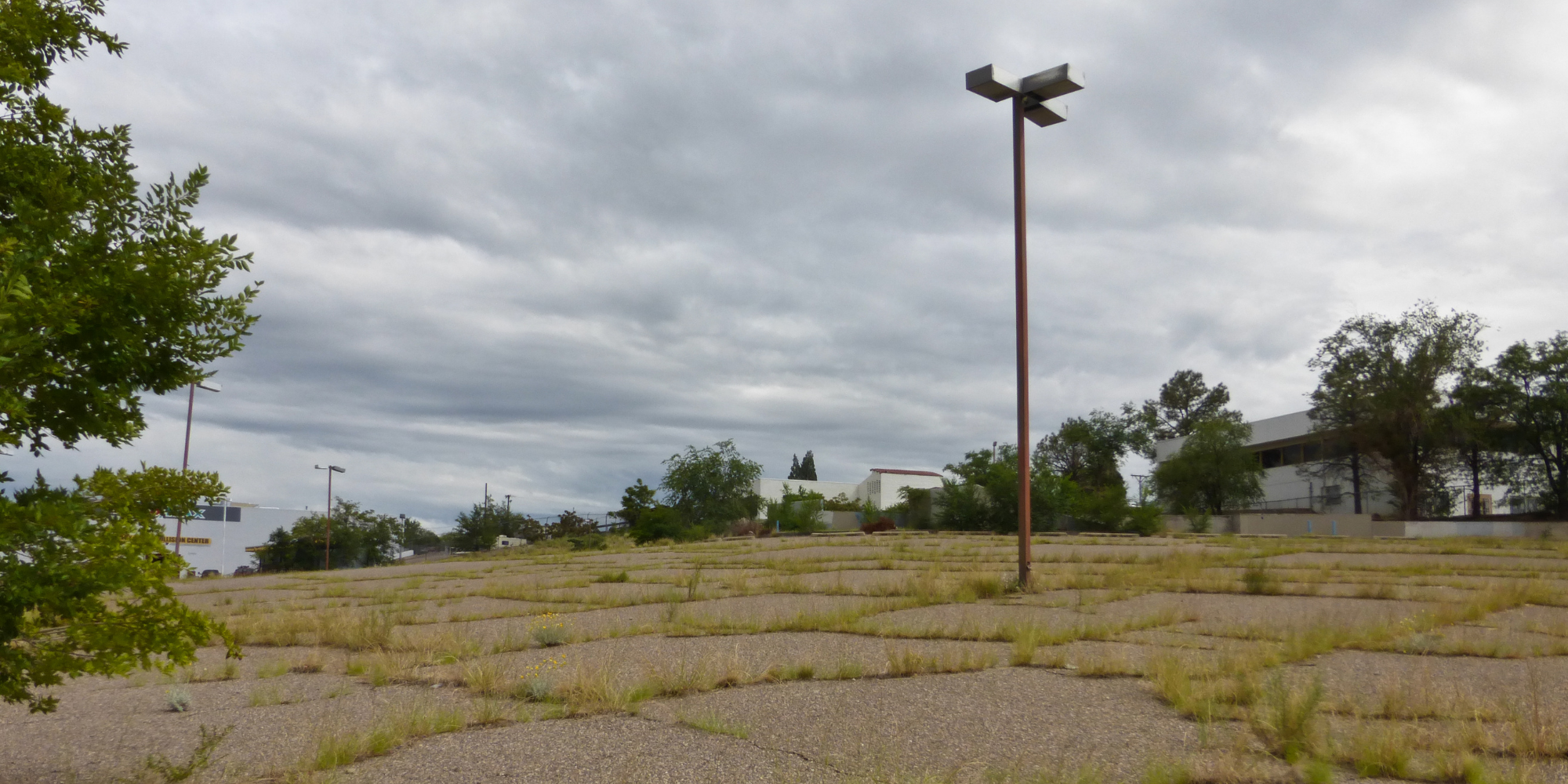On February 15, I had the honor of testifying on behalf of the U.S. Conference of Mayors and the National League of Cities on a program that has positively impacted many communities throughout the nation, including mine: restoring brownfields sites to serve as economic engines. As Congress is preparing for a reauthorization of the Brownfields Law in 2023, the hearing before the Energy and Commerce Subcommittee on Environment and Climate Change was an opportunity to celebrate and discuss the ongoing importance of the Brownfields Law and the key improvements local governments advocated for in the 2018 reauthorization.
The Brownfields Law passed in 2001 with unanimous support and has retained bipartisan support since. The program is one of the most useful programs at the local level that supports the revitalization and redevelopment of vacant and abandoned properties that blight communities across the country. It helps communities reach their full potential by bringing in jobs, increasing tax revenue, and reviving neighborhoods.
In Elizabeth, the positive impact of the Brownfields Act is evident, as the city has turned brownfields sites into everything from luxury residences to affordable housing and malls. Harbor Front Villas is a $15 million townhouse development with 55 units, which was built on a former brownfields site. Additionally, the HOPE VI program removed public housing complexes and replaced them with townhomes, offering those living in public housing the opportunity to become homeowners. The city’s vision made the HOPE VI initiative possible, as residents were also provided essential resources, including job training, childcare services, healthcare, and education.
“Every district across the country has a brownfield site in need of cleanup, which is why we fought hard to ensure the Bipartisan Infrastructure Law included the resources our communities need to restore contaminated land to productive use. These cleanup efforts protect public health and economically revitalize our communities by making land safe and usable again, creating local jobs in the process. We look forward to discussing the impact this critical program has on communities all around the nation, as well as what must be done to ensure continued investments and cleanups in the future.”
Energy and Commerce Committee Chairman Frank Pallone, Jr. (D-NJ) and Environment and Climate Change Subcommittee Chairman Paul Tonko (D-NY)
The 2018 brownfields reauthorization made important changes to the original law that will help communities tackle the most complex and challenging brownfield sites. These changes include:
- Authorized for the first time a multi-purpose grant, which allows a community to use the money in a targeted area for what is most needed – whether it be assessment or cleanup grants. The creation of this additional tool adds to local government efficiency in working with the private sector on these vital projects.
- Raised the cap on cleanup grant amounts from $200,000 to $500,000, with the flexibility for up to $650,000. This change is critical to cleaning up the more complex brownfield properties.
- Allowed grant recipients to use up to five percent of the grant amount for administrative costs. This change is particularly important for smaller communities that previously may not have even applied due to the cost burdens associated with federal grants.
- Clarified that governmental entities that acquired brownfields sites prior to January 11, 2002 (when the original law was signed) are eligible for brownfields grants if a local government did not cause or contribute to the contamination of the property. This was an important change that allows more brownfields sites to get cleaned up and put back into productive reuse.
- Provided more redevelopment certainty for governmental entities by addressing the liability concerns for the “voluntary” acquisition of properties, as well as “involuntary” acquisition as the original law allowed. So called “mothballed” properties are long-term idle or vacant properties, usually because there is a fear of environmental contamination, or unknown cleanup costs and liability risks. This has not been a major problem in Elizabeth, but it is in many other communities.
While the 2018 reauthorization maintained the original authorization level of $200 million, we are grateful for the additional $1.5 billion in funding for the Brownfields Program from the Bipartisan Infrastructure Law. These additional funds will be extremely beneficial in funding a larger number of worthwhile projects. Given the huge number of brownfield sites and how successful this program is, it will never be a bad investment to put more money into this program.
I believe the changes made in the 2018 reauthorization significantly improved the program, but the work to redevelop and revitalize the nation’s 600,000 brownfields properties is not over. The Brownfields Law awaits reauthorization in 2023, which provides another opportunity to further improve upon the program. I was proud to testify on behalf of the US Conference of Mayors and the National League of Cities, and we look forward to working with the House Energy and Commerce and Transportation and Infrastructure Committees to ensure the continued longevity and success of the Brownfields program.
Watch the full hearing here:

About the Author:
Mayor Christian Bollwage has served as the Mayor of Elizabeth, New Jersey since 1993. He serves as Chair of the U.S. Conference of Mayors’ Brownfields Task Force.








